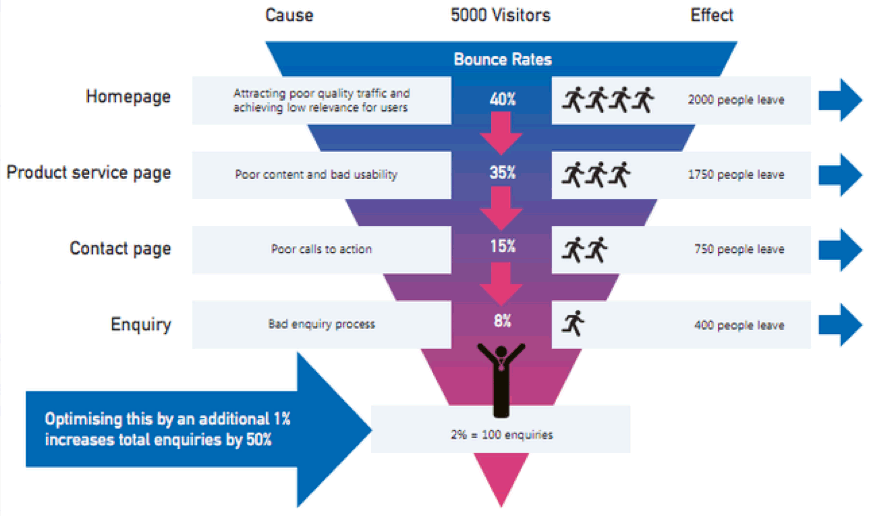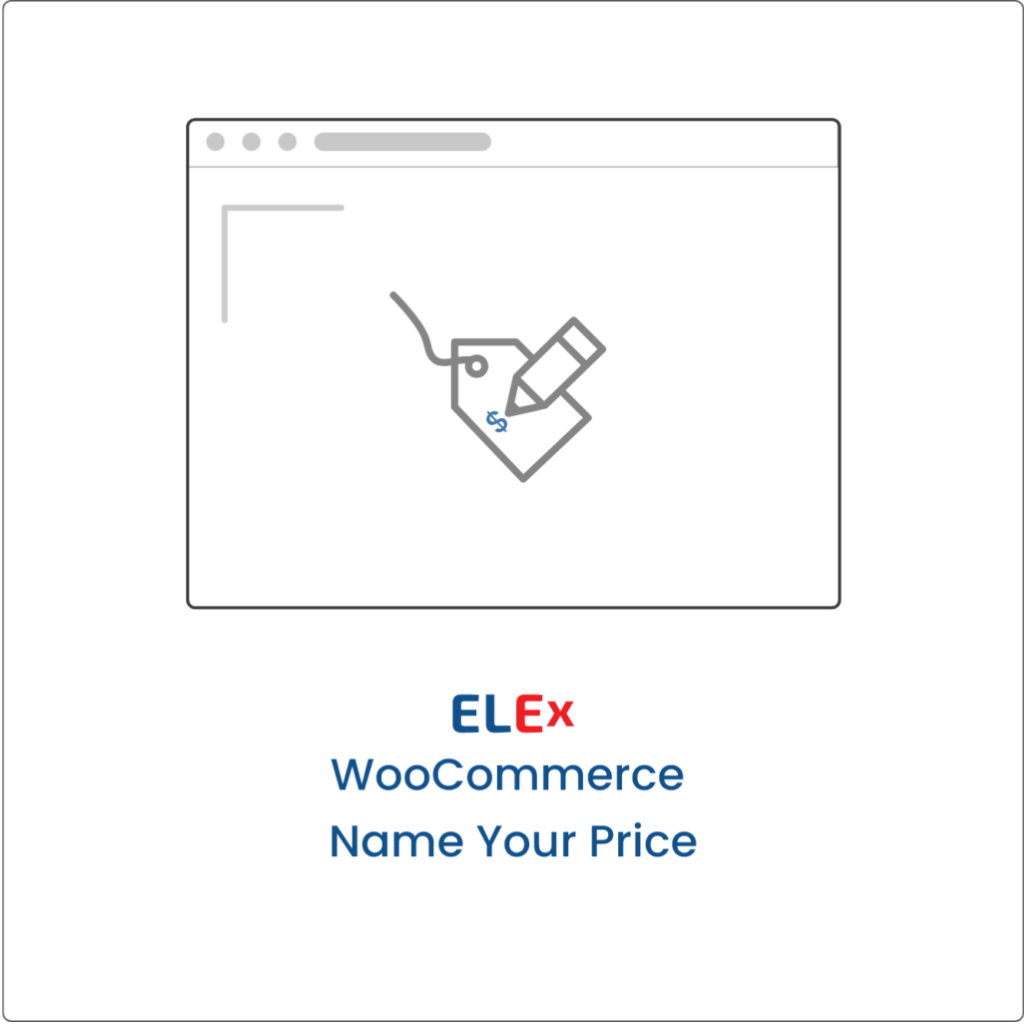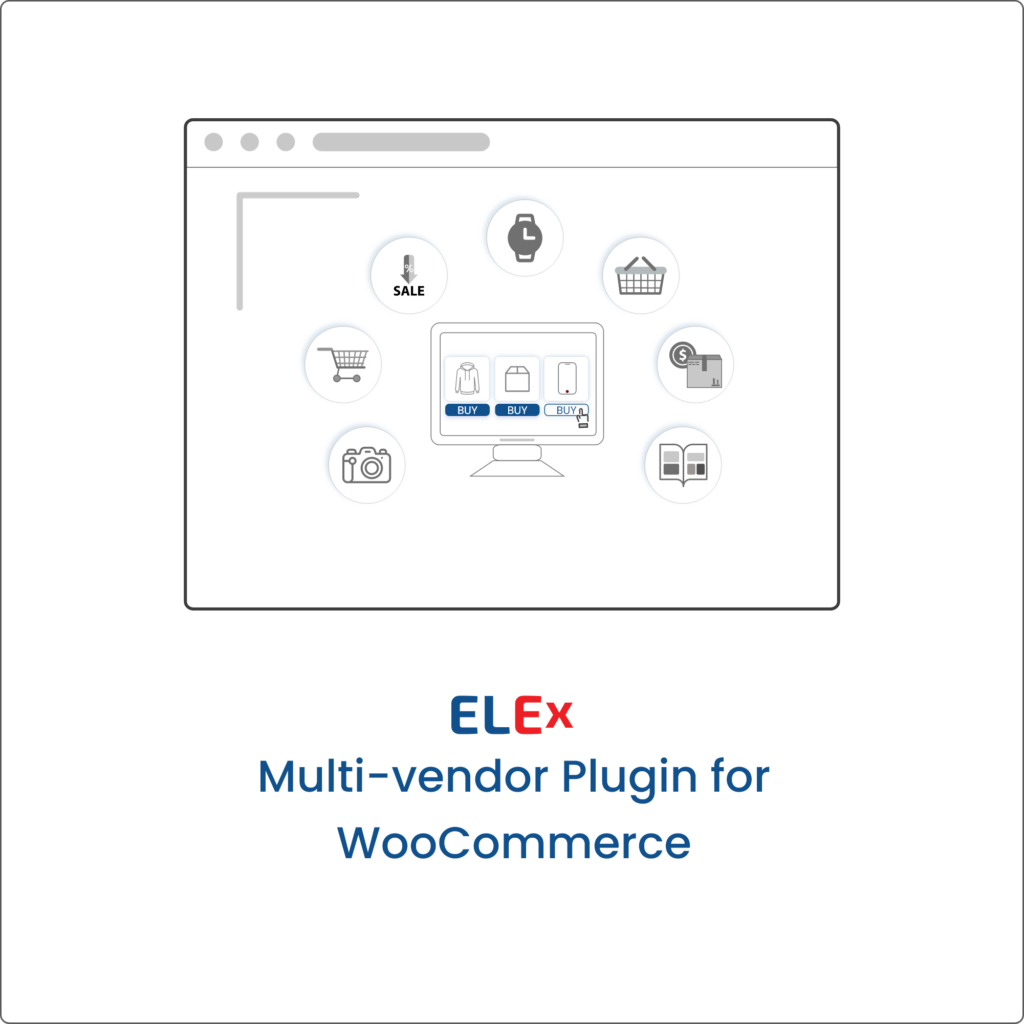Shopping cart abandonment is one of the main problems that eCommerce firms face. We searched the internet for the most recent data on shopping cart abandonment.
Cart abandonment is quite frequent. Online shopping cart abandonment rates are 69.82%, according to research from the Baymard Institute.
To put it another way, out of every 10 consumers who add an item to their basket, seven of them abandon it without making a purchase. Due to cart abandonment, eCommerce businesses lose multi-billions in sales income every year.
A Brief About Abandoned Cart Emails
A staple of online shopping is the abandoned shopping cart email. It is a follow-up email sent to a customer who put products in their basket, made it halfway through the checkout process, and then left the website without making a purchase.
Emails sent to clients who have abandoned carts serve as a reminder of the goods they have added, luring them back to finish the transaction.
Even if you merely followed the fundamentals correctly, your revenue should start to rise along with the overall profitability and return on investment of your advertising investment.
The extra money may then be used to expand other areas of your company.
Cart Abandonment Statistics
Online customers who use a desktop are typically less inclined to leave their shopping carts unattended. About 15% fewer people abandon their shopping carts on desktops than on mobile devices. In the United States, the average shopping cart abandonment rate for desktops was 66.1% for 2021, compared to 80.6% for mobile devices for the same time.
The unfortunate fact is that the majority of your consumers will abandon your retail site after putting products in their baskets without completing a purchase.
Though it may seem like a large amount, try not to be deterred. Everybody experiences it, and you may entice these customers with cart abandonment emails.
Even with a 10% conversion rate, it still leaves 90% of users who receive an email reminder but don’t complete their transaction. If you send one or two more follow-up emails, your chances will rise. According to research, sending three cart abandonment emails instead of just one increased revenue by 69%.
However, it’s crucial to know when to stop trying. When you email a customer more than three times, you run the risk of exhausting them.
Now that we have a gist of the cart abandonment and revenue rates, let us take a look at ideal methods to recover them.
Abandoned Cart Recovery
Cart abandonment costs may be reduced by providing clear business regulations, a variety of payment alternatives, and an easy, smooth checkout process. Let’s examine a couple of techniques
Give guests alternatives for checking out
Allow customers to avoid creating accounts if they so want. By eliminating extra steps, shortens the checkout process and makes it easier for customers who don’t want to give their personal information to make a purchase with confidence.
Customers don’t need to save their credit card details when using guest checkout, and their email addresses will only be used to notify them of delivery updates.
Incorporate product images during the checkout process
Shoppers occasionally place many goods in their carts before forgetting what they were supposed to be buying. Or they choose a customizable item (like a phone that is available in a variety of colors) and want to make sure they picked the right specifications.
Frequently, people will remove the item from their shopping cart, go back to the product page to examine the details again, and never really make the purchase. A product photograph and a list of the most important product parameters are included for assurance.
Be open and honest about all expenses
Don’t surprise customers with extra taxes and fees at the checkout. They’ll think they were tricked. When it comes to shipping, handling, and tax fees, be truthful. These details should ideally be shown on the product page.
However, charges frequently change depending on the user’s region or delivery address, so be careful to update your price details as soon as the buyer inputs their shipping address.
If you can, offer a range of shipping fees prior to checkout if you can’t supply a specific amount.
Throughout the checkout page, display progress markers
Because they inform users of how many steps are yet in a user flow, progress bars are fantastic UI tools. As a result, there is less of a chance that someone may leave since the checkout procedure took longer than necessary.
A progress bar that is almost finished encourages customers to finish their purchase by showing them how much they have already spent at the checkout. A straightforward cart reminder or message may easily be added to your website.
You may configure a pop-up to notify consumers that they haven’t finished the transaction, for instance, if they add an item to their basket but don’t start the checkout process.
Ensure that checkout pages have compelling calls to action
If the next step in the checkout process is unclear, users will remove items from their shopping carts. Use calls-to-action that outline the user’s expectations to draw attention to the following stage in the payment process.
Don’t strive to be innovative or quirky; instead, make sure that the CTAs for each stage is distinct and employ well-known phrasing.
Clearly state that customers will have the opportunity to check their order before clicking the final “Confirm and Pay” button.
provide live chat assistance
Customers demand a prompt response to their complaints or inquiries. They may quickly have their question addressed through live chat assistance, easing any worries they might have that would stop them from making a purchase.
Do not provide live chat unless you can provide the near-instantaneous replies that it implies. According to data, a chat tool’s initial response time must be under a minute.
You may have a chatbot take over after business hours, but give clients the choice to contact a live person if their problem is still unresolved.
To reassure customers, use trust marks
Customers may feel more confident that their profile and data will be protected during purchase fulfillment by seeing PCI-DSS compliance and other safety seals shown. To reduce the likelihood of data breaches involving customers’ credit card information, these are the requirements that all organizations that accept credit cards must follow.
Add indicators of social proof
Potential customers are more likely to trust a brand when there are reviews, ratings, and customer images in the user-generated content (UGC). Social proof is a psychological phenomenon where people presume that others would respond in a certain way in a particular circumstance.
consumers will want to buy from you if they notice that other consumers are doing so and giving your items favorable reviews. Put UGC front and center on your product sites, in your email marketing, and on social media. Show the number of sales you’ve made if your figures are strong.
Minimize page load times
Your conversion rates might be severely harmed by a slow page load time. A 2019 research by Portent found that the optimal load time for conversion rates is between 0 and 4 seconds.
The fastest e-commerce conversion rates take place on sites that load in under two seconds. Conversion rates typically decline by 0.3% for every additional second that a page takes to load.
Strengthen your loyalty and engagement
Including a discount coupon is now one of the most common ways to recover abandoned carts, but since this strategy is so widely used, many of our consumers have come to anticipate it.
Discounts eventually reduce your profit margins and lose their effectiveness.
The larger struggle here is that ongoing discounts eventually reduce the worth of your goods.
Discounts are particularly illogical when applied to your most devoted clients.
You probably don’t need to give another discount because they are aware of your brand and have already shown a desire to buy from you frequently.
The companies that have induced this strategy in their eCommerce business model have seen an improvement in their abandoned cart KPIs (Key Performance Indicator), with recovered revenue per email sent increasing from anywhere between 39% and 600%.
Implement Site Optimizations to Cut Down on Shopping Cart Abandonment
Offer a user-friendly user interface and a straightforward checkout procedure with clear wording so that customers know what to anticipate. In order to provide customers greater freedom, make sure your checkout procedure is safe and offers a variety of payment alternatives.
Let us take a look at a few site optimization methods.
Monitor user activity for funnel leaks
To map out exactly where customers are dropping off, you may design thorough conversion funnels using tools like Google’s Advanced E-commerce Analytics. You may create a funnel visualization report to see which pages customers view and how many of them stick around at each step of the funnel.
A high attrition rate on your checkout page may be a sign of confusing CTAs, insufficient payment alternatives, or unreliable site operation. The reports may also point up flaws in your funnel; for example, perhaps customers must leave their shopping carts in order to sign in, which raises the possibility of drop-off. These insights enable you to correct the user flow.
Obtain customer feedback regarding their concerns
Send a post-purchase survey to consumers to get their feedback on your checkout procedure. What obstacles did they run into? Did they have faith in the purchase they made? Do they intend to purchase from you again? To find out why they left, you may also retarget cart abandoners with surveys, but be ready for a reduced response rate.
A/B testing combinations
A/B testing, commonly known as split testing, is a randomized experimentation procedure where two or more variations of a variable are displayed to several groups of website users at once to see which version has the most impact and influences business KPIs.
Always do A/B testing to see which iterations of a new design, layout, or kind of content perform the best before launching them. In other words, you should always have many iterations of a new design in case the initial one doesn’t work out as planned. You may refine your strategy using A/B testing and your results.
For instance, if you discover that a particular email subject line increases open rates, you may utilize it and then A/B test it against another, more refined version, until you find the one that provides the greatest possible conversion rates.
Make careful to just change one variable at a time during A/B testing so you can determine what affects the performance of the new version.
Keep the checkout process simple and efficient
Make sure your checkout procedure is as quick and efficient as possible. If you need information on a customer, always ask for what is absolutely essential, and be clear about your motivations.
For instance, if their shipping and billing addresses are the same, don’t have their input either.
After learning about recovery tactics and how to implement them while optimizing your website, let’s take a quick look at the startling rise in average cart abandonment numbers.
By November 2021, over 70% of digital shopping baskets and carts had been abandoned without being filled with products. This number has been steadily rising since 2014, showing that online shops have trouble turning website visitors into consumers.
Not to worry though, the methods suggested above should help reduce these statistics. If all of this seems like too much effort (which it is), you may check out our ELEX WooCommerce Abandoned Cart Recovery with Dynamic Coupons plugin. This plugin is ideal for dealing with these cart recovery missions by automating the majority of the process, leaving you with ample time to handle other aspects of your business.
Conclusions
To a certain extent, cart abandonment may be avoided. The chance of attrition is reduced by optimizing your website, offering a simple buying experience, and offering a variety of payment choices.
You sometimes can’t recover abandoned carts, though. Be at ease! Just use the procedures described above, and if you are not comfortable with so, you can always rely on our ELEXtensions plugins to get the job done.











